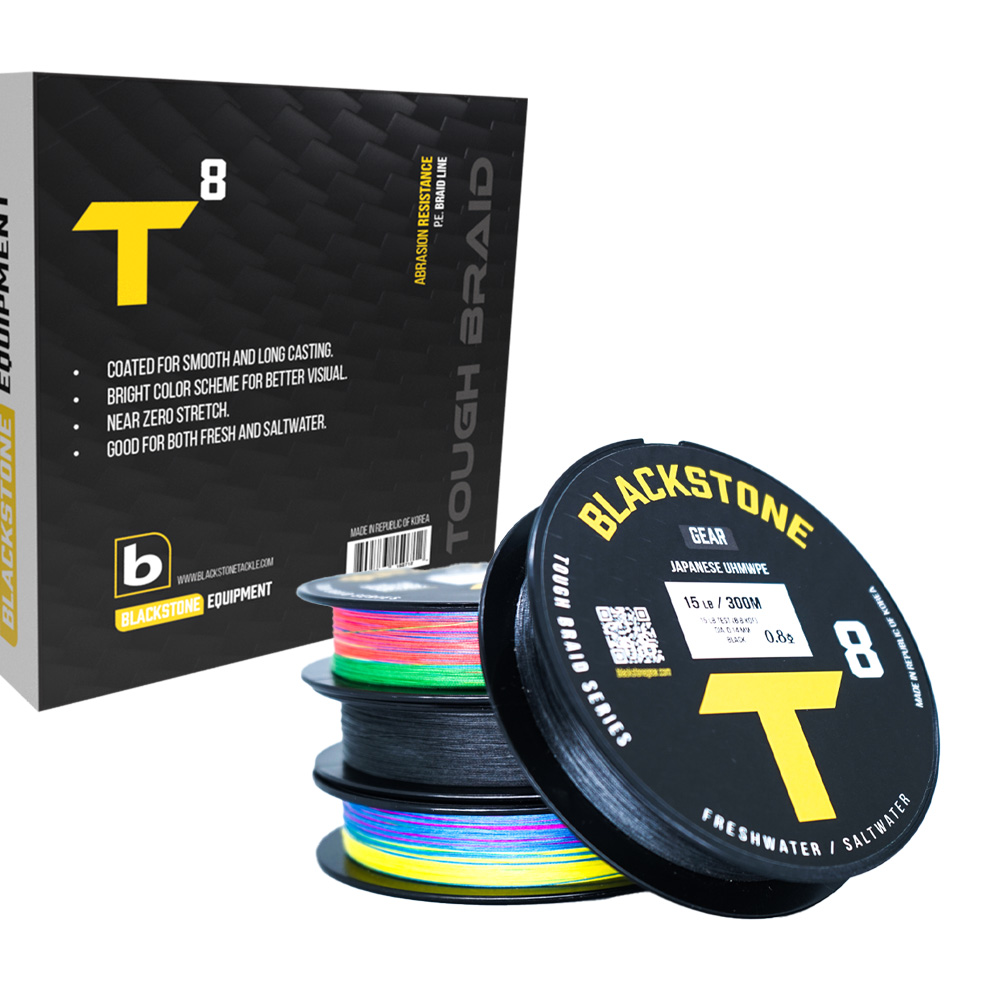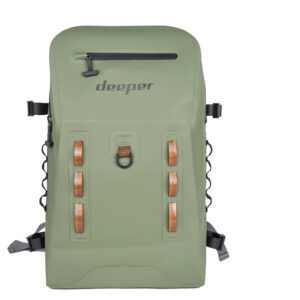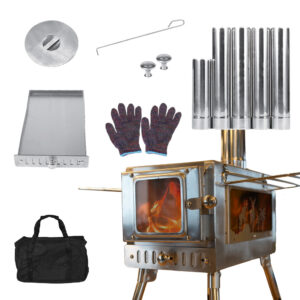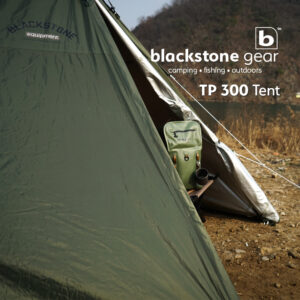Understanding Braid Line Strength: Why It Matters for Anglers
A Real-World Test on Breaking Strength
When choosing a braided fishing line (braid), many anglers focus on the pound test rating displayed on the packaging. However, does the actual strength match the stated rating? As a consumer, understanding breaking strength (tensile strength) is essential because it affects our fishing performance, especially when targeting large, strong fish.
Why Does Breaking Strength Matter?
Breaking strength (tensile strength) is measured in pounds (lb) and indicates the maximum force a line can withstand before snapping. However, most brands state the maximum test result on the box, while rarely disclosing the average breaking point. This means that while a braid may theoretically reach a certain threshold under ideal conditions, real-world use often results in much lower breaking points.
Various factors such as knots, abrasion, and actual material quality influence how much force a braid can truly endure. This test aims to highlight the difference between the stated maximum and the actual average breaking strength.
Tested Braid Lines
- Blackstone Gear T8 (40lb, 3호) – 300m: ₩16,000
- Amigo Java X8 (40lb, 3호) – 150m: ₩20,400
- SpiderWire Dura-4 Braid (56lb stated, but 49lb average force in tests) – 150m: ₩15,000
Testing Method:
- Soonkoda 500N electronic force gauge (500N ≈ 112.4lb) used.
- Modified Banax TR7000 reel (metal gears installed for increased pulling force).
- Knot used: Palomar Knot.
- Procedure: The force gauge was set on one end, and the reel was set at the other end, approximately 1m apart, with tension applied until the line broke.
Understanding Braid Line Strength
Test Results
| Brand | Test 1 (lb) | Test 2 (lb) | Stated Strength (lb) | Price | % Below Stated Strength |
|---|---|---|---|---|---|
| Blackstone Gear T8 | 27.1 | 23.5 | 40 | 300m: ₩16,000 | 36.75% |
| Amigo Java X8 | 17.1 | 21.9 | 40 | 150m: ₩20,400 | 51.25% |
| SpiderWire Dura-4 | 27.6 | 35.5 | 56 (49 avg.) | 150m: ₩15,000 | 43.66% |
Key Takeaways
- None of the braids reached their stated maximum strength.
- The SpiderWire Dura-4 performed the best, though it still fell below its advertised 56lb rating.
- Blackstone Gear T8 had better consistency than Amigo Java X8, which had the weakest results.
- The Palomar knot may have reduced the overall strength, as knots generally lower breaking force.
- Dura-4 is a 4-strand braid line, while T8 and JavaX8 are 8-strand braids.
- However, Dura-4 was the thickest of the three.
- Unfortunately, I could not find an 8-strand version of SpiderWire.
- This test demonstrates the difference between the maximum breaking point stated on the box and the actual average breaking point in real-world conditions.
Final Thoughts
This test highlights the importance of not solely relying on the stated pound rating when choosing a braid. Knots, real-world tension, and material quality all influence actual performance. If you’re targeting powerful fish, always factor in real test data and not just the marketing numbers!
Disclosure & Legal Notice
These tests were conducted in a shop environment using a basic force gauge rather than a high-end laboratory-grade tester. Additionally, only one type of knot (Palomar knot) was used, and different knots may yield different results. I am not responsible for any inadvertent errors that may have affected the accuracy of the results, and I acknowledge that this test is not scientifically rigorous.
All tested models were recently purchased. If any manufacturer reviews this post or the accompanying video and finds an error in my methodology, I welcome constructive feedback so that I can improve my testing approach in the future.
This post is for informational purposes only and does not constitute professional advice. I assume no liability for any decisions made based on this data. The findings presented here should not be taken as a definitive assessment of any brand’s product performance.





